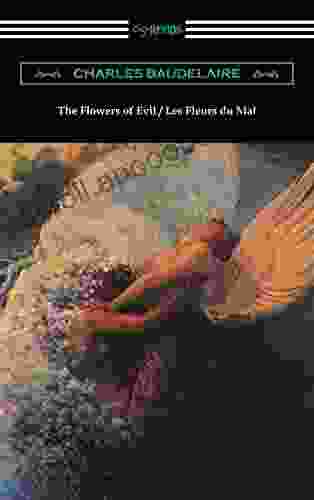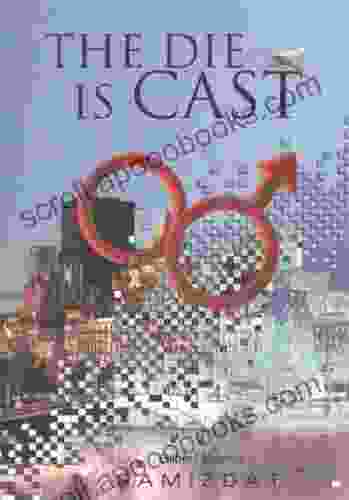Journey into the Abyss: Unraveling the Beauty and Despair of "The Flowers of Evil"

4.6 out of 5
| Language | : | English |
| File size | : | 2073 KB |
| Text-to-Speech | : | Enabled |
| Screen Reader | : | Supported |
| Enhanced typesetting | : | Enabled |
| Print length | : | 142 pages |
| Lending | : | Enabled |
| Paperback | : | 152 pages |
| Item Weight | : | 7.5 ounces |
| Dimensions | : | 6 x 0.35 x 9 inches |
: A Literary Masterpiece of Darkness and Light
In the realm of literature, few collections of poetry have evoked such a profound and enduring fascination as Charles Baudelaire's "The Flowers of Evil" ("Les Fleurs du Mal"). First published in 1857, this groundbreaking work has captivated readers with its exploration of the human psyche, its juxtaposition of beauty and despair, and its unflinching portrayal of the darker recesses of the soul.
With its evocative imagery, haunting melodies, and philosophical depth, "The Flowers of Evil" has become a cornerstone of French literature and a touchstone for generations of poets, writers, and artists. Through William Aggeler's masterful translation, this timeless masterpiece is now available to English-speaking audiences, offering a profound exploration of the complexities of human existence.
Exploring the Depths: Themes of Love, Death, and Beauty
At the heart of "The Flowers of Evil" lies a profound exploration of the human condition, with love, death, and beauty emerging as its central themes. Baudelaire's poetry delves into the intoxicating allure of love and the ecstasy it brings, even amidst the recognition of its fleeting nature. Yet, it also confronts the inevitability of death and the despair that can accompany it, revealing the raw vulnerability of the human heart.
Throughout the collection, Baudelaire celebrates beauty in its myriad forms, but he also exposes its darker side, acknowledging the role it can play in seduction and temptation. His poems explore the tension between the sublime and the grotesque, highlighting the inherent duality of human experience and the complexities of our emotions.
Symbolism, Decadence, and the Poetics of Evil
"The Flowers of Evil" is renowned for its use of symbolism, a technique through which Baudelaire conveys profound meanings through evocative images and metaphors. The collection is infused with flowers, animals, and colors, each carrying symbolic significance that enhances the reader's understanding of the human condition.
Baudelaire's affiliation with the Decadent movement is evident throughout the volume. Decadence, a literary and artistic movement of the late 19th century, embraced themes of decay, excess, and disillusionment. In "The Flowers of Evil," Baudelaire explores these concepts through his portrayal of the beauty and ugliness of the modern world, capturing the disillusionment and alienation that characterized the period.
Furthermore, Baudelaire's poetry transcends mere aesthetics, delving into the realm of the poetic exploration of evil. He confronts the darker aspects of human nature, examining the allure of temptation, the depths of despair, and the corrosive effects of sin. "The Flowers of Evil" thus becomes a philosophical inquiry into the nature of good and evil, inviting readers to confront their own darkness and question the boundaries of morality.
William Aggeler's Translation: A Masterpiece of Interpretation
William Aggeler's translation of "The Flowers of Evil" is a remarkable achievement in literary translation. Aggeler, an accomplished poet and scholar, has meticulously captured the essence of Baudelaire's original French verse, preserving its haunting melodies, evocative imagery, and philosophical depth.
Aggeler's translation is both faithful to the original text while also accessible to contemporary readers, allowing English-speaking audiences to fully appreciate the brilliance of Baudelaire's poetry. His work has received widespread acclaim for its accuracy, sensitivity, and poetic merit, making it the definitive English translation of "The Flowers of Evil."
: A Timeless Exploration of Human Existence
"The Flowers of Evil" continues to resonate with readers today, offering a profound and timeless exploration of the human condition. Its themes of love, death, beauty, and evil are universally relatable, inviting us to confront our own experiences and emotions in a raw and honest way.
Through William Aggeler's masterful translation, "The Flowers of Evil" is now available to a wider audience, allowing readers to delve into the depths of Baudelaire's poetic genius. This extraordinary work will continue to inspire, challenge, and captivate generations of readers, solidifying its place as one of the most significant literary masterpieces of all time.
4.6 out of 5
| Language | : | English |
| File size | : | 2073 KB |
| Text-to-Speech | : | Enabled |
| Screen Reader | : | Supported |
| Enhanced typesetting | : | Enabled |
| Print length | : | 142 pages |
| Lending | : | Enabled |
| Paperback | : | 152 pages |
| Item Weight | : | 7.5 ounces |
| Dimensions | : | 6 x 0.35 x 9 inches |
Do you want to contribute by writing guest posts on this blog?
Please contact us and send us a resume of previous articles that you have written.
 Book
Book Novel
Novel Page
Page Chapter
Chapter Text
Text Story
Story Genre
Genre Reader
Reader Library
Library Paperback
Paperback E-book
E-book Magazine
Magazine Newspaper
Newspaper Paragraph
Paragraph Sentence
Sentence Bookmark
Bookmark Shelf
Shelf Glossary
Glossary Bibliography
Bibliography Foreword
Foreword Preface
Preface Synopsis
Synopsis Annotation
Annotation Footnote
Footnote Manuscript
Manuscript Scroll
Scroll Codex
Codex Tome
Tome Bestseller
Bestseller Classics
Classics Library card
Library card Narrative
Narrative Biography
Biography Autobiography
Autobiography Memoir
Memoir Reference
Reference Encyclopedia
Encyclopedia Bobbie Faulkner
Bobbie Faulkner Bradley T Erford
Bradley T Erford Bodie Thoene
Bodie Thoene Breanna Lynn
Breanna Lynn Bob Seger
Bob Seger Brent Towns
Brent Towns Brendan Noble
Brendan Noble Brandon Simpson
Brandon Simpson Bill Bernard
Bill Bernard Glenn Reschke
Glenn Reschke Bridget Tyler
Bridget Tyler Brima Kamara
Brima Kamara Brian Bruya
Brian Bruya Bobby Braddock
Bobby Braddock Brenda Bishop Booma
Brenda Bishop Booma Dancing Dolphin Patterns
Dancing Dolphin Patterns Brad Olsen
Brad Olsen Blair Howard
Blair Howard Jessica Therrien
Jessica Therrien Christine Davis
Christine Davis
Light bulbAdvertise smarter! Our strategic ad space ensures maximum exposure. Reserve your spot today!
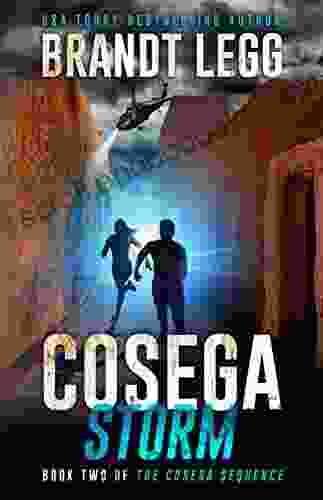
 Milan KunderaCosega Storm: A Gripping Thriller that Will Keep You on the Edge of Your Seat
Milan KunderaCosega Storm: A Gripping Thriller that Will Keep You on the Edge of Your Seat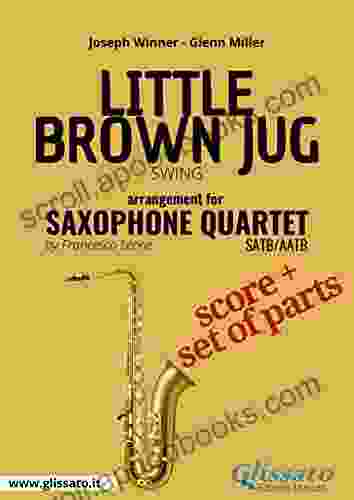
 Jake CarterUnleash the Magic of Your Saxophone: Dive into the Little Brown Jug Saxophone...
Jake CarterUnleash the Magic of Your Saxophone: Dive into the Little Brown Jug Saxophone... Douglas PowellFollow ·18.8k
Douglas PowellFollow ·18.8k Brody PowellFollow ·2.5k
Brody PowellFollow ·2.5k Lucas ReedFollow ·18.5k
Lucas ReedFollow ·18.5k Christian BarnesFollow ·4k
Christian BarnesFollow ·4k Robert ReedFollow ·15k
Robert ReedFollow ·15k Caleb CarterFollow ·18.9k
Caleb CarterFollow ·18.9k Joel MitchellFollow ·13.2k
Joel MitchellFollow ·13.2k Julio CortázarFollow ·9k
Julio CortázarFollow ·9k

 Corey Green
Corey GreenHuman Geography: A Concise Introduction by Gilbert...
A Journey into the Dynamic Realm of...
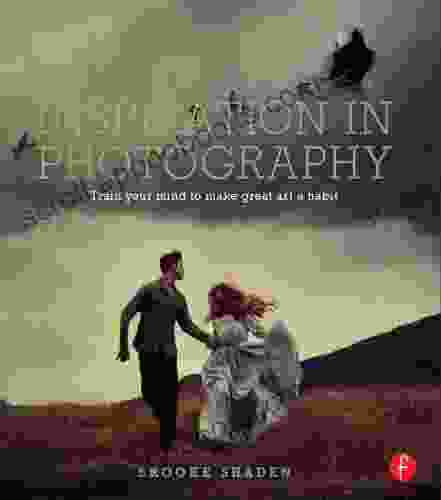
 Julian Powell
Julian PowellTrain Your Mind to Make Great Art a Habit
Do you dream of...

 Matthew Ward
Matthew WardSmall Town Romance: Heart Compass
Escape to Willow Creek, Where...
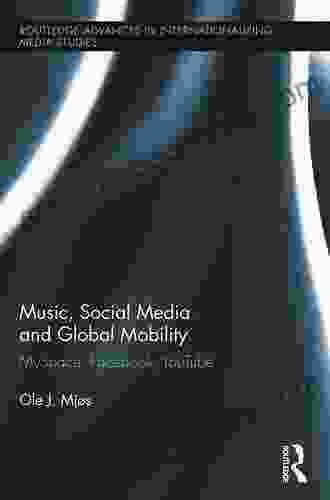
 Neil Parker
Neil ParkerMusic, Social Media, and Global Mobility: Exploring...
: The Convergence of Music, Media, and...
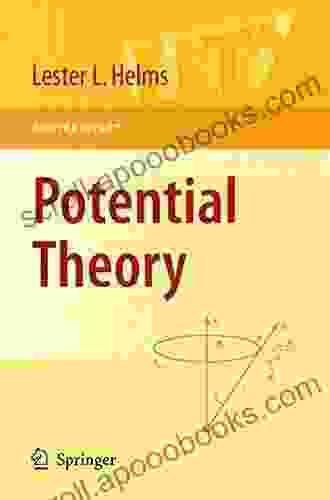
 Seth Hayes
Seth HayesUnlock the Potential of Potential Theory with Brooke...
Embark on an...
4.6 out of 5
| Language | : | English |
| File size | : | 2073 KB |
| Text-to-Speech | : | Enabled |
| Screen Reader | : | Supported |
| Enhanced typesetting | : | Enabled |
| Print length | : | 142 pages |
| Lending | : | Enabled |
| Paperback | : | 152 pages |
| Item Weight | : | 7.5 ounces |
| Dimensions | : | 6 x 0.35 x 9 inches |


